Do You Know More than a Fifth Grader? No One Cares.

Regurgitation, memorization, and recitation of information is not intelligence. Intelligent people creatively solve problems.
Art Ethics: Sirens and Gavels

Legal, but perhaps unsatisfactory and ineffective, approaches to deter, control, and protect against image manipulation.
The Path to Deepest Meaning
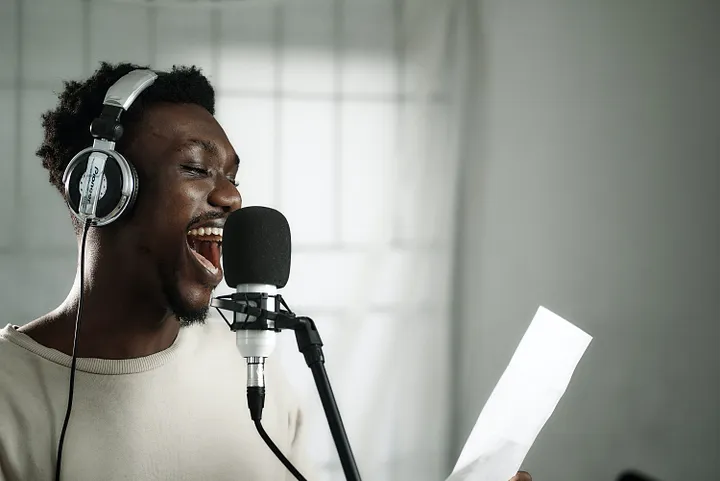
Your voice is a powerful tool to infuse your words with emotion and deeper meaning. Use these simple exercises to improve your delivery!
The Organ of the Soul

We don’t appreciate the power of the voice. With focus and practice,
you can master the power of your voice and sway your audience!
Drop the Facts and Figures: Touch Them!

(Image courtesy Yoann Boyer on Unsplash) Powerful marketing relies upon emotional appeals. Although, as an intelligent, cognitively complex person, I would like the world to rely on logic, it does not – and I can’t proffer logical arguments to increase sales for my content clients. These emotional industry tricks are the route to profitability: Read Robert Cialdini’s book to master these practices.
Understanding Copyright Law: A Guide for Content Managers
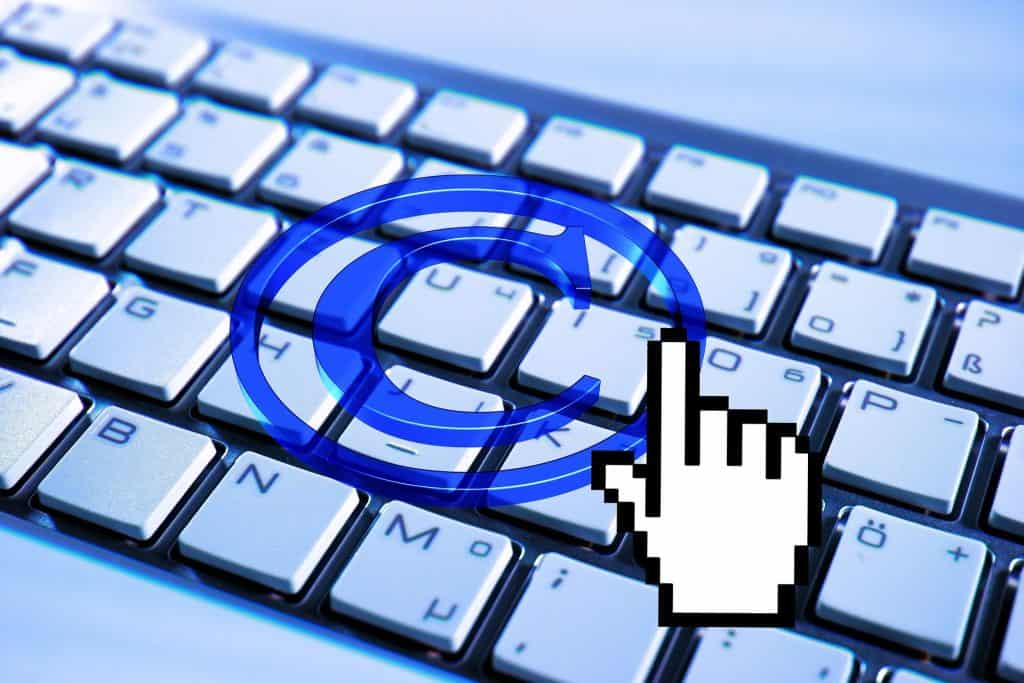
Internet downloads are poison During a meeting with a recent content client, I asked where the team gets images for the website and posts. The office manager, an intelligent and educated woman, boasted: “We download from the internet.” I’ve heard that one too many times. With trepidation, I asked: “And you credit the creator?” “No.” “You obtain a license from the creator?” “No.” Oh, Princess Buttercup. Big damn mistake. The risk might be slight: the creator or the creator’s legal team sends you a cease and desist copyright infringement letter directing you to delete the content. Or the risk can be significant: the creator or the creator’s legal team sues you for infringement. Yeah, so, Princess Buttercup quips. We can take it down. Then they’ll go away. Not likely. The copyright owner can seek actual damages (which he or she would have to prove), or, if the work is registered, seek statutory damages: from $750 to $30,000 for each violation. Plus, if they prove the infringement was willful, the copyright owner can seek up to $150,000. This is not a “yeah, so” scenario. And let’s not ignore potential ethical violations. If you are a real estate agent, for example, the National Association of Realtors insists on responsible use of intellectual property. They, like other professional organizations, can fine you. And what about your integrity? As an educated person, I am likely to avoid businesses who flagrantly violate others’ rights. So, no, Princess Buttercup, you should not just “download it from the internet.” I’m writing this piece not only to scare you but also to educate you. Sure, you want appealing and attractive content for your website, email blasts, and social posts. I get it. But using content without attribution and without permission is theft. As a creator, it disgusts me. Attribution and permission rules apply to all creative content: images (video, photographs, graphics, logos), music, and words. And even if you attribute to the creator, he or she can still demand you remove it if you use it without permission. And purchasing a song or a painting does not grant you the copyright rights (to distribute, to alter, etc). The absence of a mark or notice does not mean the work is not copyrighted. The little R in a circle means the creator registered the copyright with the United States Copyright Office. But they don’t need it to have a copyright. They don’t even need to add the little C in a circle to indicate the right. Or say “this is copyrighted.” Once a work is in a fixed form, it’s copyrighted. You take a selfie? Copyrighted. You write in your journal. Copyrighted. Truth. Arguably, you do not need permission and do not violate copyright if you are using the content under one of the permitted “fair-use” categories. Arguably. If you are using the material for educational purposes, journalistic reporting, or social commentary, the use is acceptable. However, even if using the material under one of these exceptions, you would be wise to at least attribute the original content, use only what you need (you shouldn’t be using the entire book or song), and not profit from the use. What do I mean not profit from the use? I often use copyrighted content to teach in my classes and articles. Or, I’ll use a photo or video for social commentary and criticism. Those uses are fair use exceptions. I sell the courses and get paid for my article — but my content is what I am selling. I’m not hawking tee shirts with the poem or image for profit. Without exploring volumes of copyright cases and regulations and turning this article into a law review nightmare, the key to fair use is not capturing sales or a market rightfully belonging to the creator. For images or video, choose online servicers like Unsplash, Shutterstock, or Adobe Stock. You can license music from ASCAP or directly from the artist. For music, you can also use in app suggestions. For example, Instagram provides a list of audio content to enliven your post. You can license video from Jukin. In many cases, creators permit limited licenses to users to help promote their creations (Creative Commons or CC). You can check the content information to identify what license the creator permits. Unsplash is great because as long as you attribute the work, you can use it for free. You can also use public domain content. Content enters the public domain when the copyright expires. You can easily find public domain music — just be careful… You want to ensure the song and the performance is public domain! A classical piece by Beethoven is public domain, sure. But the symphony performing the piece may own rights to that recording. You have many routes to using content in a lawful and ethical way. Why choose to be a thief?
Gaining an Edge with 2023 Consumer Trends

I’ve read several consumer reports to discover how to help my clients rock their marketing efforts – so I thought I would share them with you. We should begin with the umbrella principles for today’s marketing arena: Personalize content and emotionally connect with your audience. To personalize, you must first: Know thy audience. You must speak to your audience in a way that appeals to them. If you’re Harley Davidson, you’re not posting images of pretty tea parties! You must speak to your people. According to the 2023 Consumer Trends Index, irrelevant content annoys 49% of consumers. Give your people what they want (not what you think they want). I’m reminded of a communication theory: Communication Accommodation. You want to communicate with another person in a way he or she understands and appreciates. You don’t, for example, chat it up when arguing a case in front of a judge. Or write a conversational piece for sophisticated investors. But you don’t want a law review article style piece if you’re selling makeup! If you don’t know your audience – what they like, what they do, where they are hanging out – you have some work to do! Second: Connect with thy audience. Romance them. The world of place it and forget it for marketing and advertising is long gone. And, I laugh here, the world of logical appeals is dead (for the masses, anyway). You must – must – evoke an emotional response that results in a conversation. Consider clicks, comments, follows, shares, and, ultimately, purchases, as feedback. If you send out content and hear crickets, your communication failed. No conversation. That’s bad. And once that audience member sends feedback, you must engage: Thank them, reach out, send an offer. Keep it going! Now, the nitty-gritty. What should you do to increase your marketing impact? (AKA be profitable) Email is the most cost-effective and powerful channel. If you do one thing this year, work on building and nurturing your email list. But never cast and blast. Return to the umbrella principles: Know your market and know what they want to hear. Give your audience value. Mobile is the tool. 55% of consumers use their phone to read content and to research purchases. Not only should your content – including your website – be mobile responsive, but also every piece of content you offer should be mobile accessible. If you would like help to implement these findings, reach out. Because you have enough to do without dealing with this tech crap.
Tarot Decoded
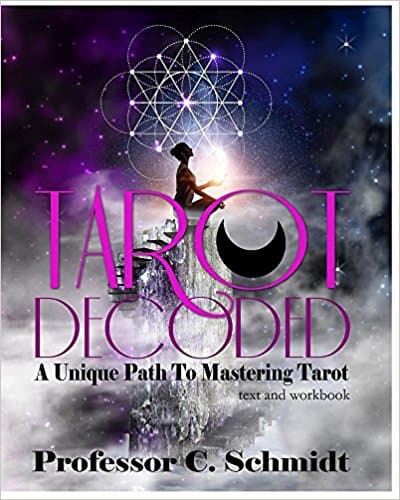
A Unique Path to Mastering Tarot. Become a Tarot Master in just a few short weeks! Welcome to Tarot Decoded. This unique approach, created by Master Tarot reader and researcher, Professor Christy Schmidt, will have you reading Tarot like an expert. Intense and detailed examination of each card – including historical background and psychological uses. Tons of exercises and activities! Finally understand the historic symbolism – and potential – of the Major and Minor Arcana. And, using an innovative process, never need to consult a book for a card meaning again. You will not only become a pro-reader, but also you will also master visualization, dream manifestation, coaching and personality analysis techniques.
No Words: Mastering Nonverbal Communication
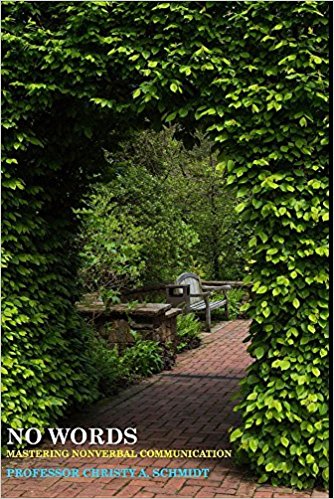
Did you know that nonverbal communication is over 60 percent of everything you say? That’s right. The words you say mean very little when others are interpreting your every move. You are also interpreting others, often incorrectly. The definitive, modern guide to nonverbal communication, No Words, will not only teach you every aspect but also will guide you through an expert course so you can master reading others and creating your own nonverbal signals. Written by successful attorney and professor, Christy A, Schmidt, No Words will help you become a highly-skilled communicator able to improve your relationships and enhance your career. This is the text to give you the communication confidence you desire! Learn the science behind each category of nonverbal communication, how to mindfully read others, and how to use nonverbal signals to create the image you want to project.
Talk It Out: Mastering Critical Discourse
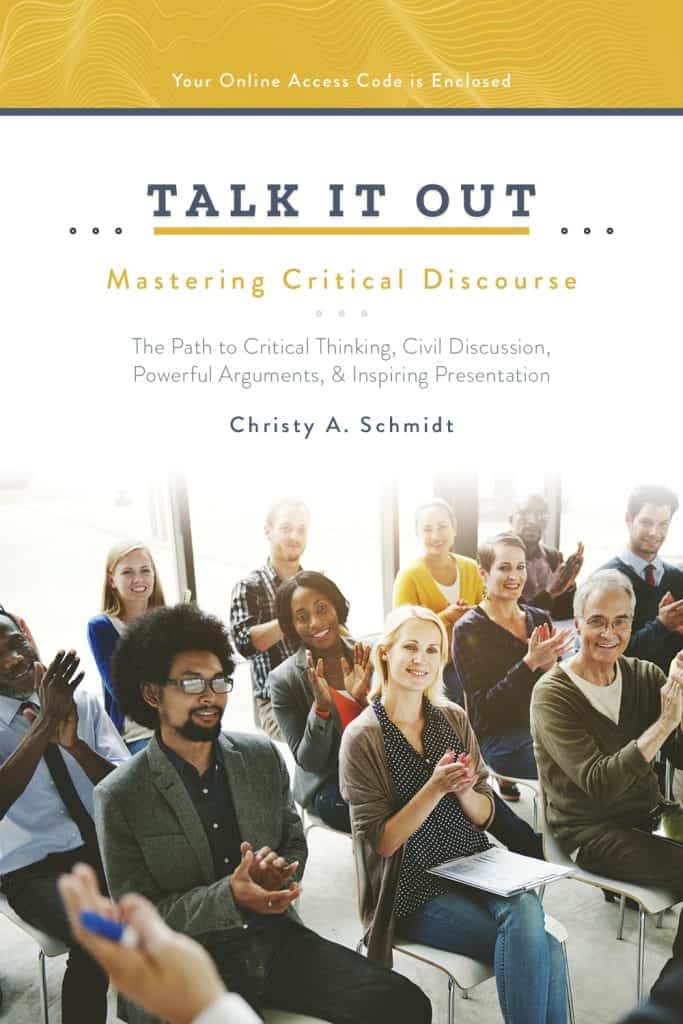
TALK IT OUT: MASTERING CRITICAL DISCOURSE introduces an innovative approach for mastering critical thinking and public presentation. Unlike mainstream public speaking texts, TALK IT OUT explores miscommunication distortions and biases and provides metacognition methods to overcome those barriers. Ideal for public speaking, forensics, and moot court instruction, the text ensures students confidently master civil and effective discourse. Key point summaries provide focus and periodic quizzes confirm theoretical comprehension. Chapter exercises range from complex individual and group projects to straightforward reflection questions. Contemporary incorporated videos, photos, and reference readings inspire exploration.
To A Lighthouse

A photo journal of the 23 New Jersey lighthouses including history and projects for kids of all ages. Over the course of the summer and fall of 2018, my father and I took an adventure to photograph each NJ lighthouse. This book is a tribute to him and to the adventures we enjoyed!